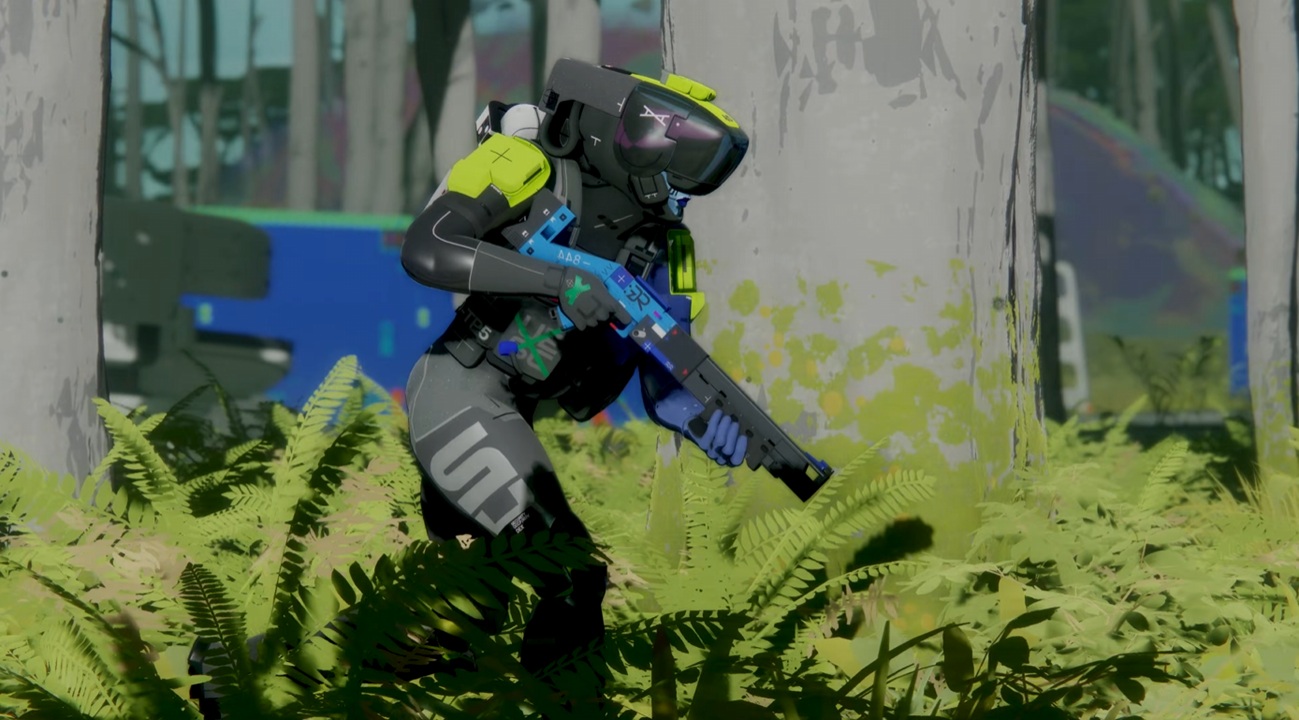Revisting Halo 3: ODST's gritty experience 8 years later
In 2009, game developer Bungie took a massive leap of faith by unleashing Halo 3: ODST. Comprised of somber themes and dark portrayals that deconstructed the Halo formula, Halo 3: ODST was an experience that told the truth about Halo's war.


Coming off of the high that was Halo 3, Bungie decided to develop a new game that would radically deviate from Halo's established style. Wanting a grittier and darker experience, the company sat down to craft a detailed account of the Covenant invasion that we see briefly in Halo 2. The result was Halo 3: ODST, an experience that, even despite its age, manages to stand out distinctly from the other games in the franchise.
The reality of war with the Covenant
ODST showcases the true horrors of the war with the Covenant Empire.
Typically, Halo is a universe that centers itself around heroic, superhuman figures doing heroic, superhuman feats. Whether its the Master Chief or the Arbiter, the Halo rings or the Ark, the original Halo trilogy always has us playing as extraordinary characters in expansive, alien settings.
ODST could not be farther from this formula. From the get-go, ODST makes it clear with its opening scrawl of text that the game is going to fully acknowledge the ugly side of the Human-Covenant War:
The year is 2552. Humanity is at war with the alien alliance known as 'The Covenant.' We are losing. The Covenant have burned our worlds, killing billions in their genocidal campaign. Earth is our last bastion - a carefully guarded secret. But not anymore.
What Halo: Combat Evolved doesn't highlight is precisely what this opening does. It tells us that, even before the adventures of the Master Chief on the Halo ring, the rest of humanity around the galaxy has suffered and continues to do so at the hands of this massive alien empire.
This is what Halo 3: ODST's story stands to do. To tell the previously untold stories of the common individual in a common setting amid a galaxy full of Herculean characters and extraterrestrial mysteries.
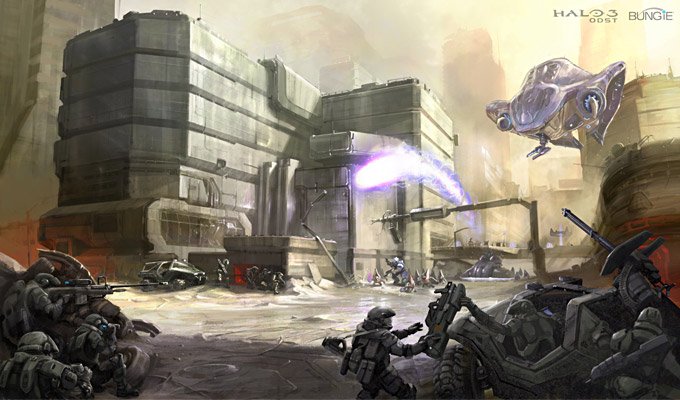
Playing as a regular foot soldier in the UNSC's military emphasizes what it's like to stand against the Covenant's unstoppable war machine as a normal person.
As the Covenant begins to invade and conquer the African city of New Mombasa, the only thing that stands in their way are the brave men and women in the UNSC military forces of the marines and — as you can tell by the game's title — the Orbital Drop Shock Troopers.
Get the Windows Central Newsletter
All the latest news, reviews, and guides for Windows and Xbox diehards.
Hot dropped via drop pod into the city, you play the majority of the game as The Rookie, the newest member of the ODST squad Alpha-Nine. After becoming split up from your squadmates upon entry and falling unconscious when your pod smashes into the side of a building, you wake up, alone and at night, amidst a New Mombasa crawling with Covenant patrols.
As you wander the barren, debris-filled streets, either avoiding or engaging alien forces, you find clues of the whereabouts of your squad. Each time you do, we as the players are able to experience the invasion as each squad member while they find a way to rendezvous with each other. We then return to the perspective of Rookie, up until he himself links back up with Alpha-Nine. They all then work together in order to escape the city as it fully becomes overtaken by the Covenant.
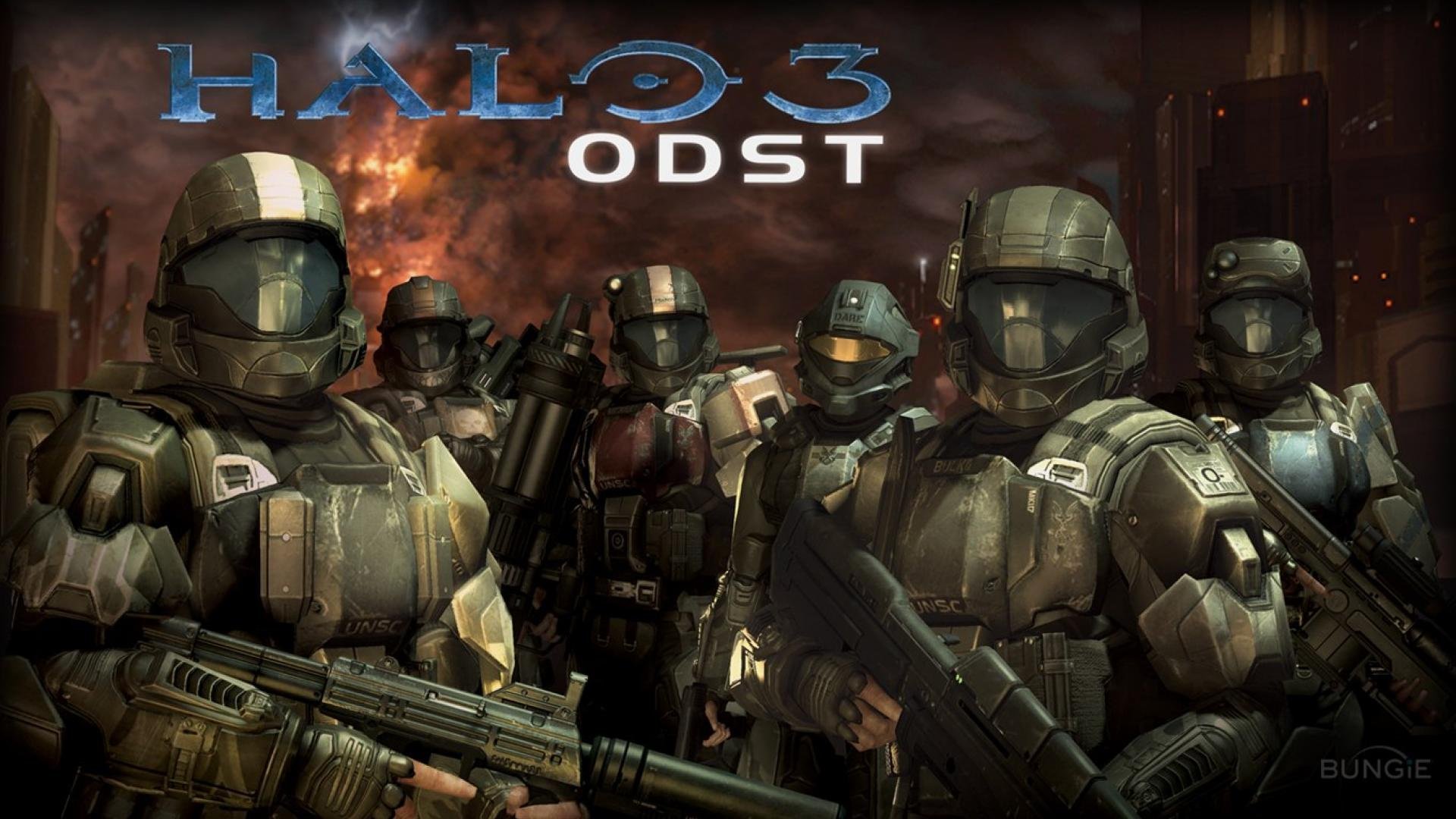
The narrative of ODST highlights the camaraderie and drive for survival that soldiers share in the face of overwhelming odds.
As mentioned earlier, the true strength of ODST's story lies within the way that it portrays the Halo universe.
Instead of awe-inspiring, breathtaking alien worlds to explore, we are plunged directly into the chaos of a war-torn, devastated city that has been stripped of most of its human inhabitants by an alien menace.
Instead of constantly feeling like a heroic figure while epic, bombastic themes assault our eardrums, we're just a small squad of souls pushing uselessly against an unstoppable tide with only somber and darker music as our score. Moments of victory are rare and are felt fleetingly.
Instead of seeing the Human-Covenant War through the eyes of a legendary super soldier, we see this war through the eyes of normal, average men. Men who don't have shielded titanium armor or superhuman reflexes; just their wits, training, and their commitment to their brotherhood.
Our main objective isn't even hugely important. We aren't trying to stop the Flood or destroy a Halo ring. We're simply trying to survive. Alpha-Nine's main objective is to survive, to escape the horrors of what was once New Mombasa.
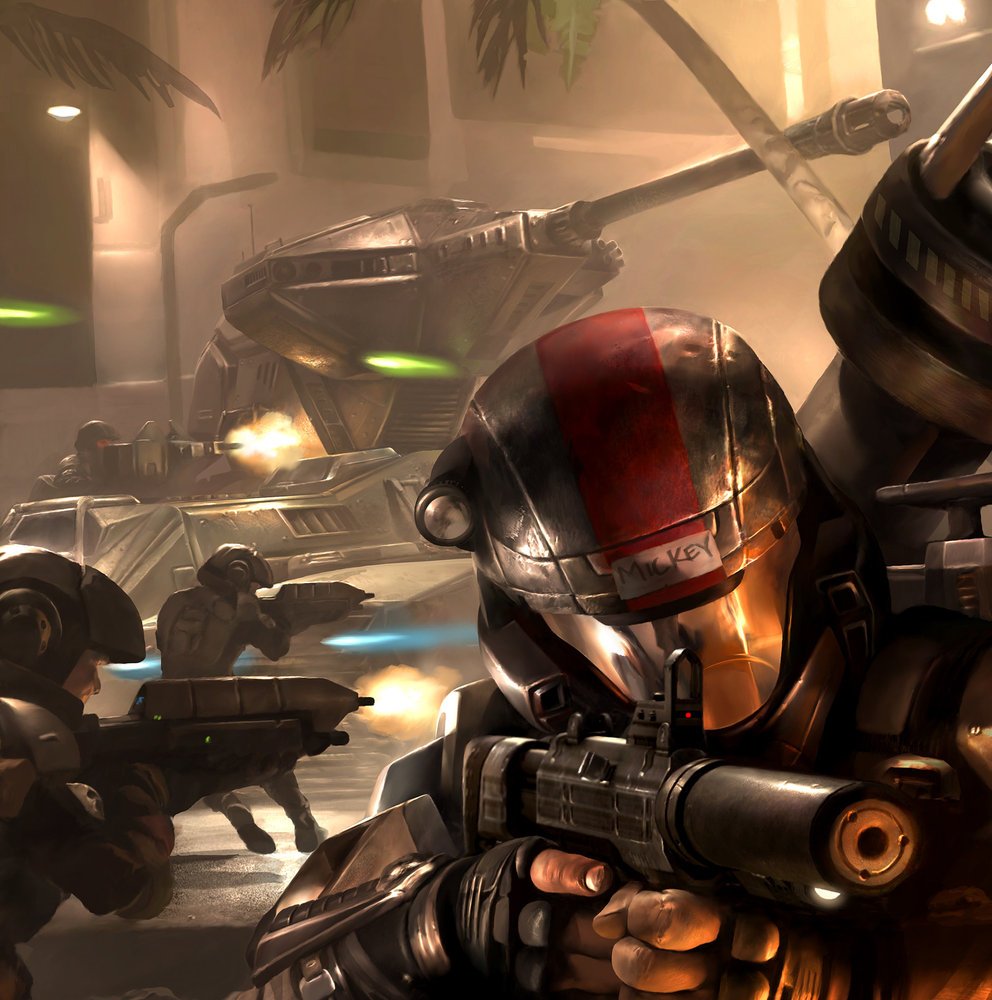
This is where the true beauty of ODST's writing lies. It shows us what it would be like to be the "little guys" in the Halo universe. It's an eye-opening perspective, to see just how powerful the Covenant really is. What they can do to a population center. How easily they can just slaughter thousands upon thousands of people in a matter of hours. It's something that the other Halo games don't ever really show — but this one does.
Tactical, challenging and punishing gameplay
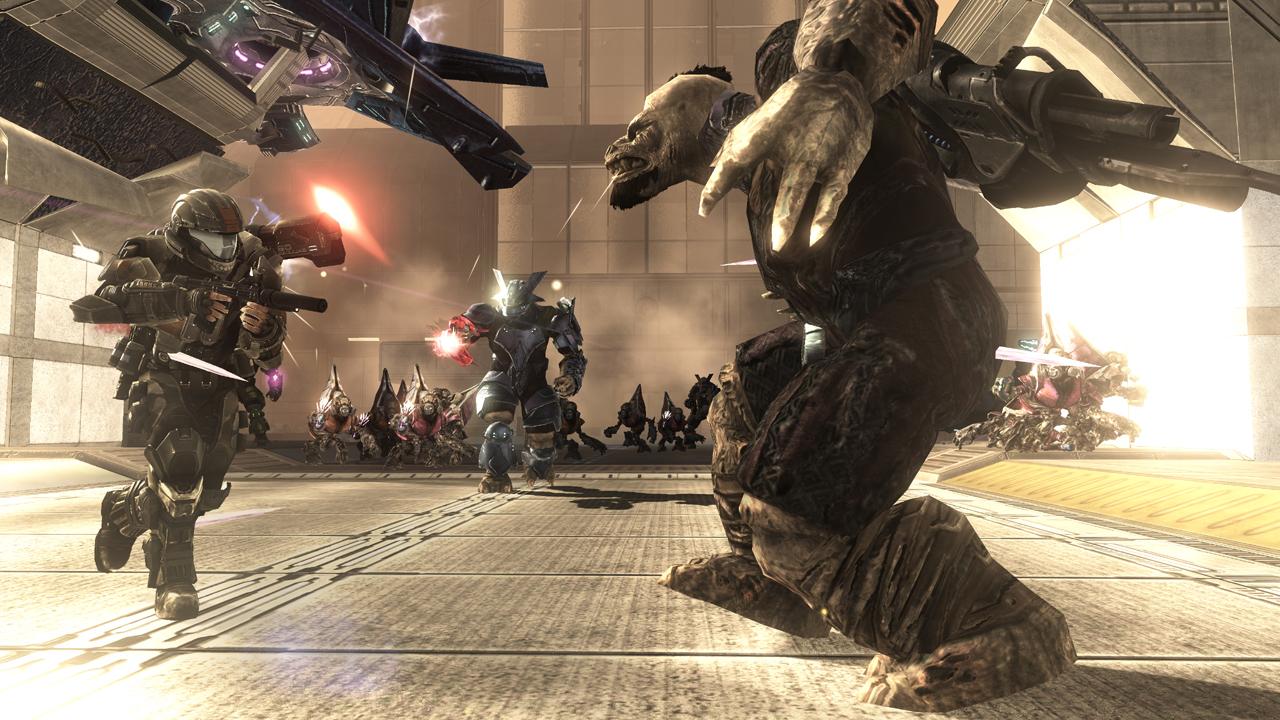
The gameplay of Halo 3: ODST is very different from other entries in the franchise.
As we've already established, the story and atmosphere of Halo 3: ODST is a much more grounded, realistic take on the Human-Covenant War. ODST, however, takes this feeling a step further by making its gameplay feel this way as well.
You are an Orbital Drop Shock Trooper, not a Spartan. And while your ODST armor and peak-physique body can take a decent beating, you're nowhere near as resilient as the Master Chief. This increased risk, along with the fact that unlike most other Halo games your wounds don't heal themselves over time, creates an atmosphere where your strategy against the AI needs to be more careful.
Since you aren't a Spartan now, charging in head first to attack a patrol isn't always the best option. It's possible to win this way, sure, but it's very risky. Instead, ODST encourages you to get creative, just like a real person would have to. Your silenced submachine gun and sidearm give you options for engaging lone targets stealthily. Other weapons are usable, but the noise gives your position away, forcing you to make a choice about the way you engage.
Without trying to sound cliché, ODST is, in many ways, the Dark Souls of the Halo franchise. Its gameplay is punishing and challenging, but smart and creative players will find success in their experience.
Your thoughts
What are your opinions on Halo 3: ODST? Do you think that the title still holds up well today, almost a decade after its release? What is your favorite part of the game? Do you agree with my points on its story and gameplay? Let us know in the comments.
And, if you haven't played ODST already, you're in luck because it recently became playable on the Xbox One as part of the Backwards Compatibility Program. You can pick it up for $14.99.
Brendan Lowry is a Windows Central writer and Oakland University graduate with a burning passion for video games, of which he's been an avid fan since childhood. He's been writing for Team WC since the summer of 2017, and you'll find him doing news, editorials, reviews, and general coverage on everything gaming, Xbox, and Windows PC. His favorite game of all time is probably NieR: Automata, though Elden Ring, Fallout: New Vegas, and Team Fortress 2 are in the running, too. When he's not writing or gaming, there's a good chance he's either watching an interesting new movie or TV show or actually going outside for once. Follow him on X (Twitter).

